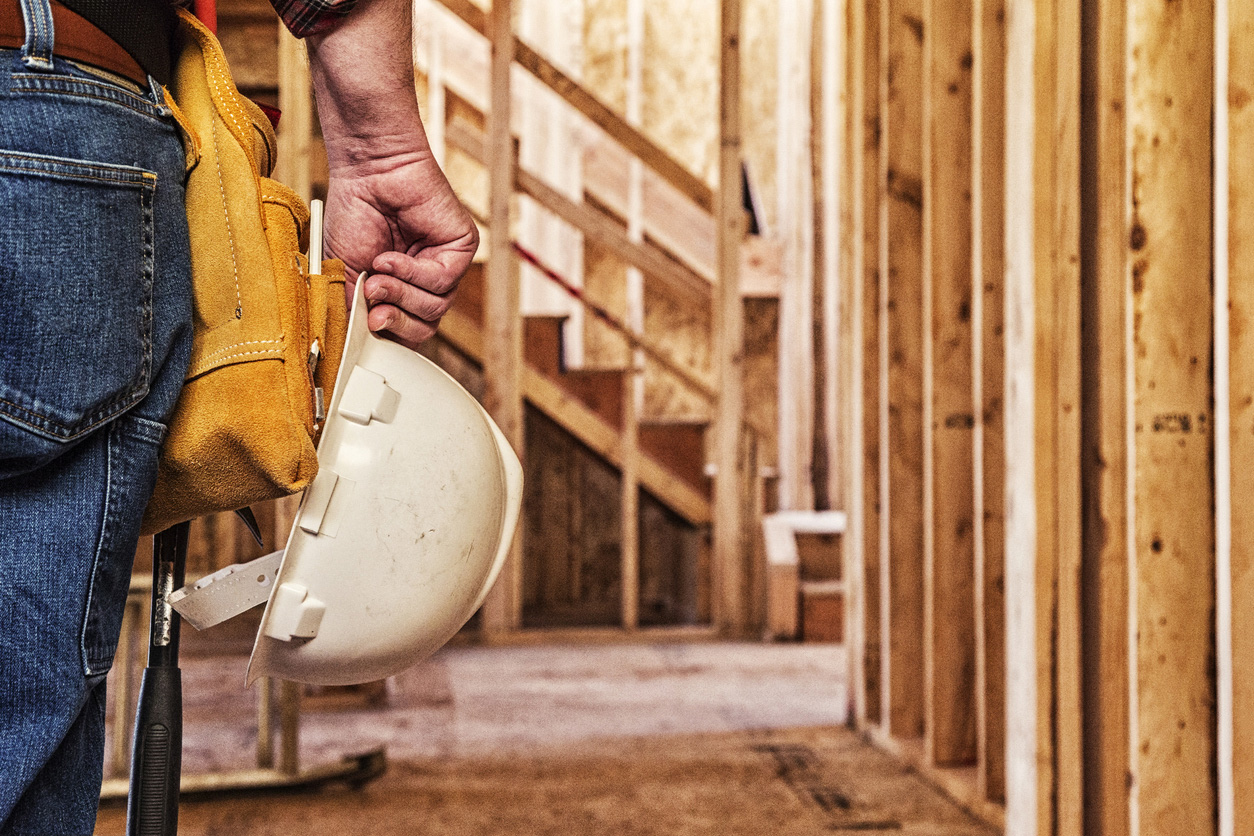
Air leaks can be prevented in new builds and with retrofitted solutions in existing buildings. Creating an effective building envelope is the best way to reduce energy bills.
Air leaks start at the foundation where small imperfections create gaps where air can flow into the home. Prevent these leaks by installing foam under wood framing members or by caulking gaps in basements and crawlspaces. Wood joists on wood sill plates leak as framing members aren’t perfectly straight—these can also be caulked to seal any gaps.
Caulking is also the answer for leaks around windows and door frames, trim and siding. On new builds, prevent leaks around doors and windows with membrane tapes that can be applied over the nailing fin.
Joints between wall sheathing also allow unconditioned outdoor air to enter the home. You can seal these seams with tape. A better solution is to eliminate the seams altogether using taller wall panels. TallWall and Windstorm come in lengths from 9’ to 12’ lengths and are installed vertically with seams along the joists which reduces air leakage by up to 60% by eliminating the horizontal seam.
Taller wall panels also save on labor by reducing blocking. Combining TallWall or Windstorm with raised heel trusses is a great way to take advantage of the energy codes that allow lower attic insulation R-values when full-depth insulation extends to the outside edge of the top plate without compression. The perfect partnership combines taller wall sheathing with raised heel trusses and eliminates blocking material and TallWall or Windstorm acts as the stop for the insulation. With a design professional’s nailing schedule, you can eliminate the hurricane clips for even more savings.
Electrical and plumbing features require holes to be drilled through the top plate of walls to feed cables through into the attic. Caulking around attic holes and electrical and plumbing openings in the walls will prevent your conditioned indoor air from leaking out. Be sure to use the right product and fireproof ones where code requires. Caulk around your electrical box and use foam gaskets under switch plates.
Now that your home is well sealed, but sure to install air filters and fresh air intakes to ensure that your indoor air quality remains good. Install carbon monoxide alarms and test your home for radon gas.
